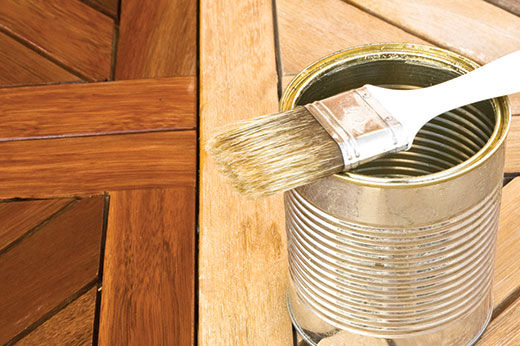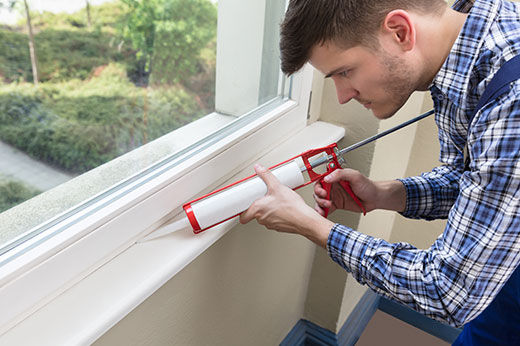While do-it-yourself projects can be fun and fulfilling, there is always a potential for personal injury or property damage. We strongly suggest that any project beyond your abilities be left to licensed professionals such as electricians, plumbers, and carpenters. Any action you take upon the information on this website is strictly at your own risk, and we assume no responsibility or liability for the contents of this article.
How to Clean Up Glues, Epoxies, and Resins
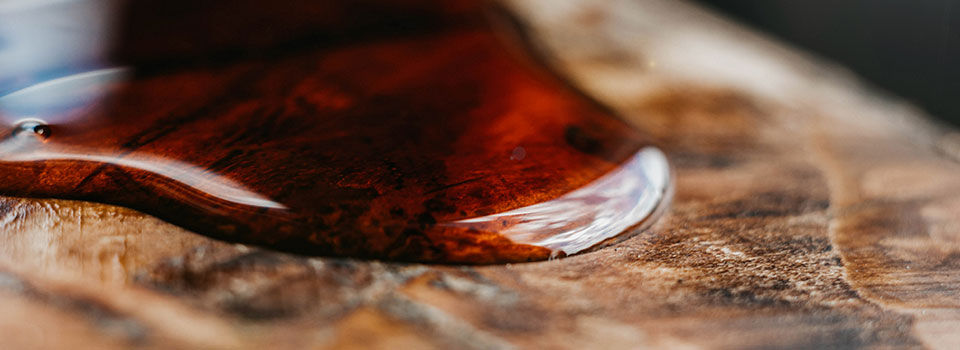
Today’s advanced adhesives tend to be based on epoxy and resin formulas that are a little tricky to clean up. While some glues are still water-soluble and easy enough to sponge or wash away, most permanent and waterproof adhesives are harder to remove when there’s a spill or drip. Resins and epoxies can seem downright impossible to remove without the right tools and solvents. Find out how to carefully remove any residues of epoxies, resins, and glues with minimal damage to the surface (and your hands).
Resin and Resin-Based Products
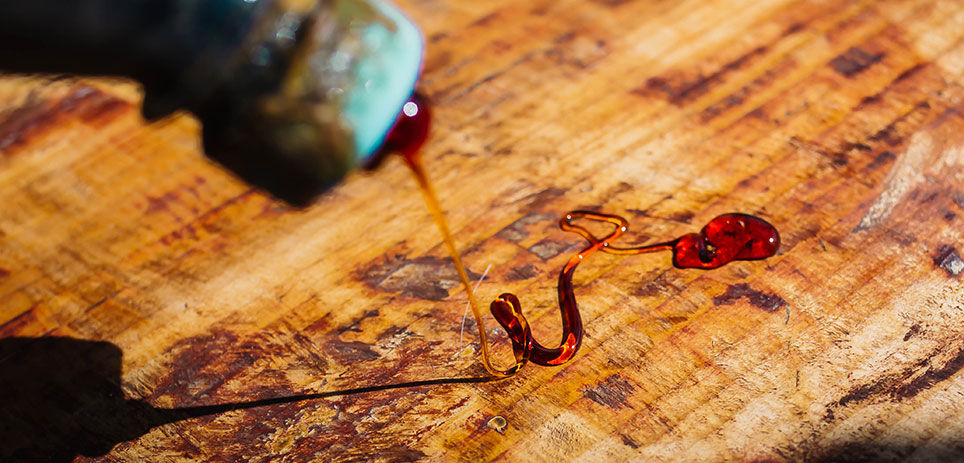
Many products called resin are actually a type of epoxy, so they’re best handled in the same way as other epoxy adhesives and coatings. Polyester resins are different in composition and require slightly different handling than epoxies when there’s a spill or a drip. Yet they’re still relatively easy to clean up with care and the right solvents.
Start by using a cloth rag to absorb as much of the spilled or wet resin as possible before it starts to set. Be careful not to accidentally spread it around during this step. Let the rag dry completely away from flames and then dispose of it. Use acetone to soften any remaining resin and wipe the liquid away with a clean rag. A soft-bristled brush or plastic paint scraper can help lift up the resin as it softens from the acetone.
Epoxies
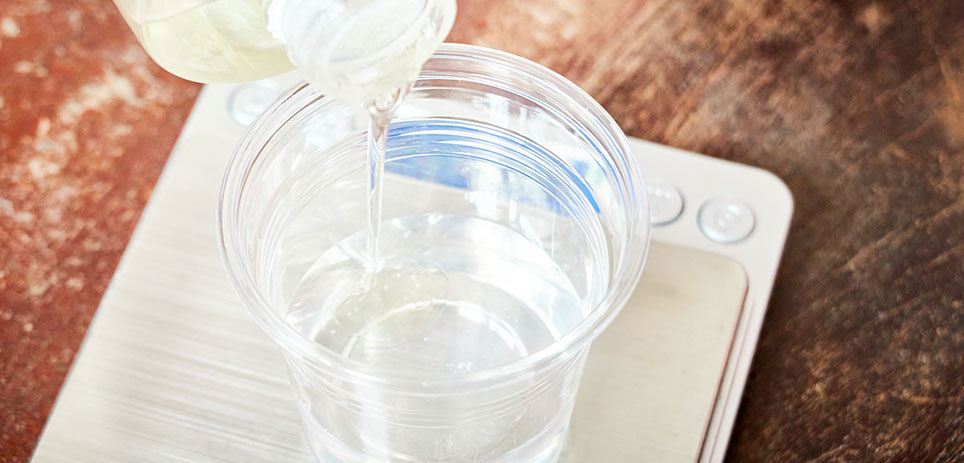
Most resin-casting products and many adhesives are epoxy-based, and these products generally involve two to three different liquids that are mixed together. It’s easy to spill epoxies during the mixing process, but they’re not too hard to clean up if you move quickly.
Clean up while the material is still wet whenever possible. Soak fabrics or small items like brushes in acetone, lacquer remover, or denatured alcohol to remove the epoxy. Pour these solvents on spills on hard surfaces and use a flexible paint scraper to roll up balls of the material as it peels away. For epoxy resins or adhesives stuck to the skin, try alternating between rubbing alcohol or acetone and warm soapy water until all the residue is gone.
Wearing gloves is recommended since these adhesives can be particularly hard to get off the skin. Let any rags or paper towels that were used to wipe up epoxy dry before throwing them away. If enough epoxy spills that it’s hard to wipe it all up as a liquid, it’s safe to sprinkle in clay cat litter or sand because these materials are inert and make it easier to scrape up. Avoid sawdust since the heat generated by the chemical reaction can cause a fire risk. A heat gun can also help loosen up any dried or cured epoxy so it can be lifted up with a paint scraper.
Various Other Glues and Adhesives
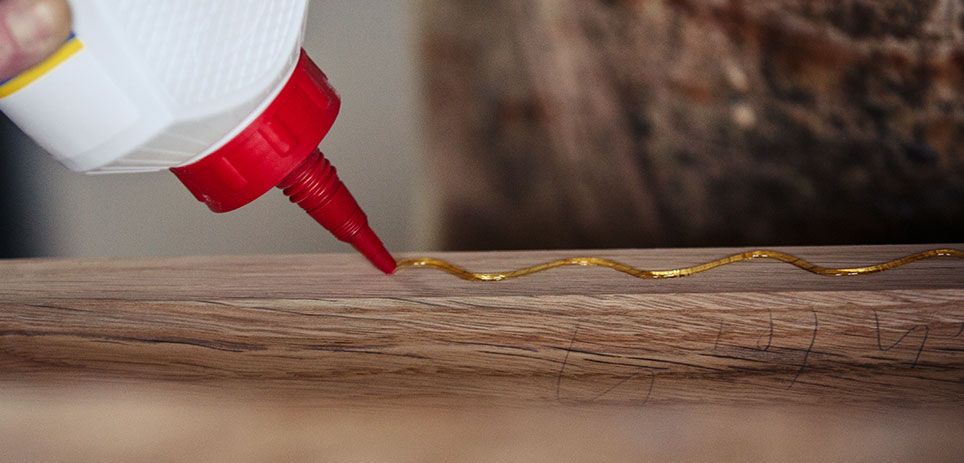
Since glues and adhesives can vary greatly in formulation, it’s best to check the specific recommendations from the manufacturer. A certain solvent or cleaning method will likely work best for each glue based on its chemical content. However, some tricks can be tried when the type of adhesive isn’t known or it’s not possible to look up specific recommendations.
Oil-based solvents are often recommended for super glue and other fast-hardening adhesives. Cooking oil or even mayonnaise can help loosen dried glue from skin, hair, fabric, and most surfaces. Heat also works well on most adhesives when combined with scraping, but make sure a heat gun won’t damage the surface first. Try soaking fabrics with glue on them in vinegar rather than acetone or alcohol to avoid damage.
Commercial adhesive removal products are generally based on citrus oils. They can discolor surfaces and often are too harsh for skin, but they work well on floors and other solid surfaces that won’t absorb the oil. For glue-covered fingers, try soapy water alone. Rubbing alcohol can also loosen glue residue on skin, but it’s best used while the adhesive is still wet. If you have to turn to solvents to loosen the glue, you may need to try alcohol, acetone, paint thinner, or even petroleum jelly to finally lift away the residues.
Don’t let stubborn spills of glues and epoxies ruin your floors or countertops. Put down newspaper and plastic painter’s covering where you’re working and wear gloves to avoid direct contact with any potentially irritating substances.
